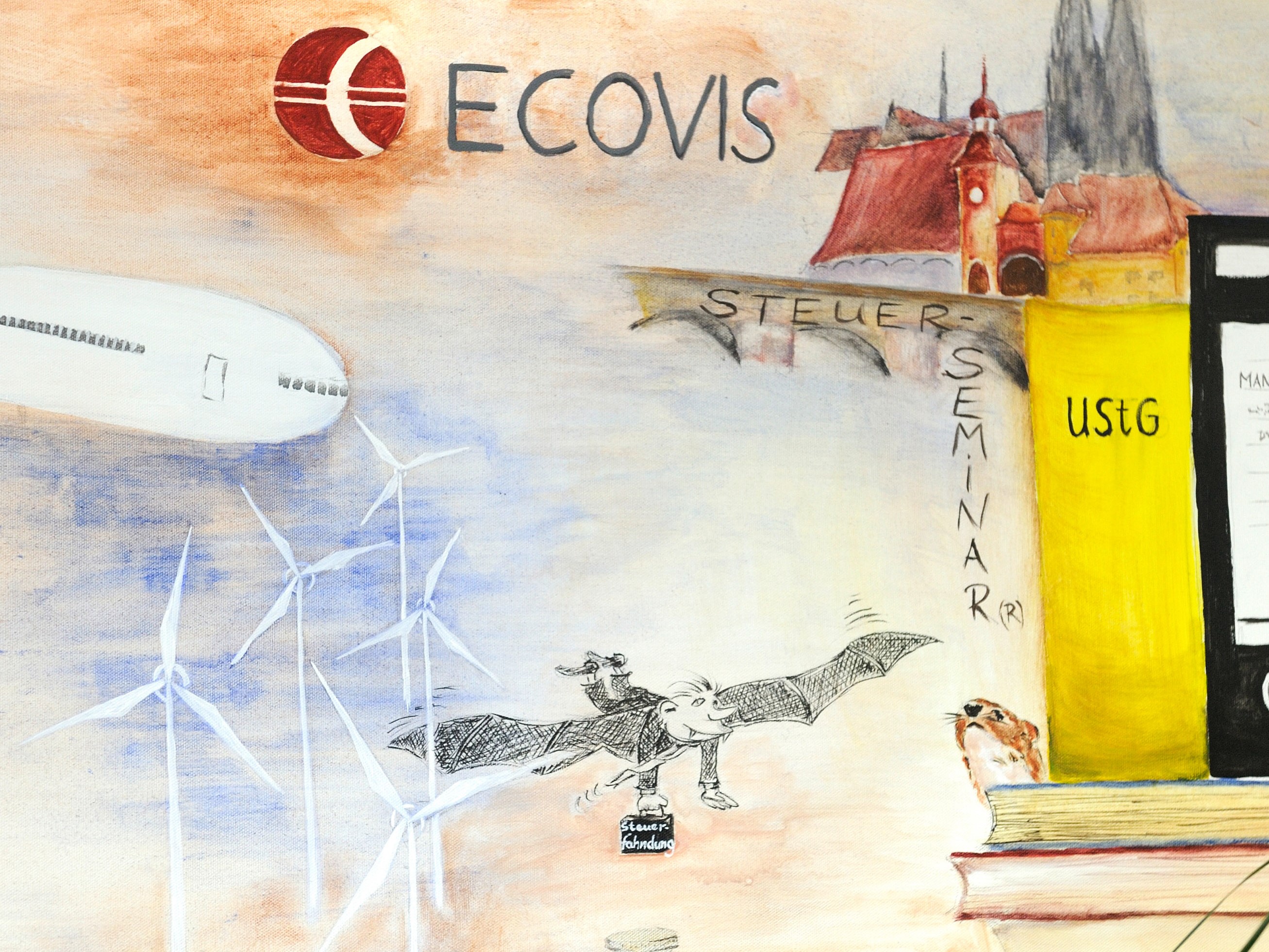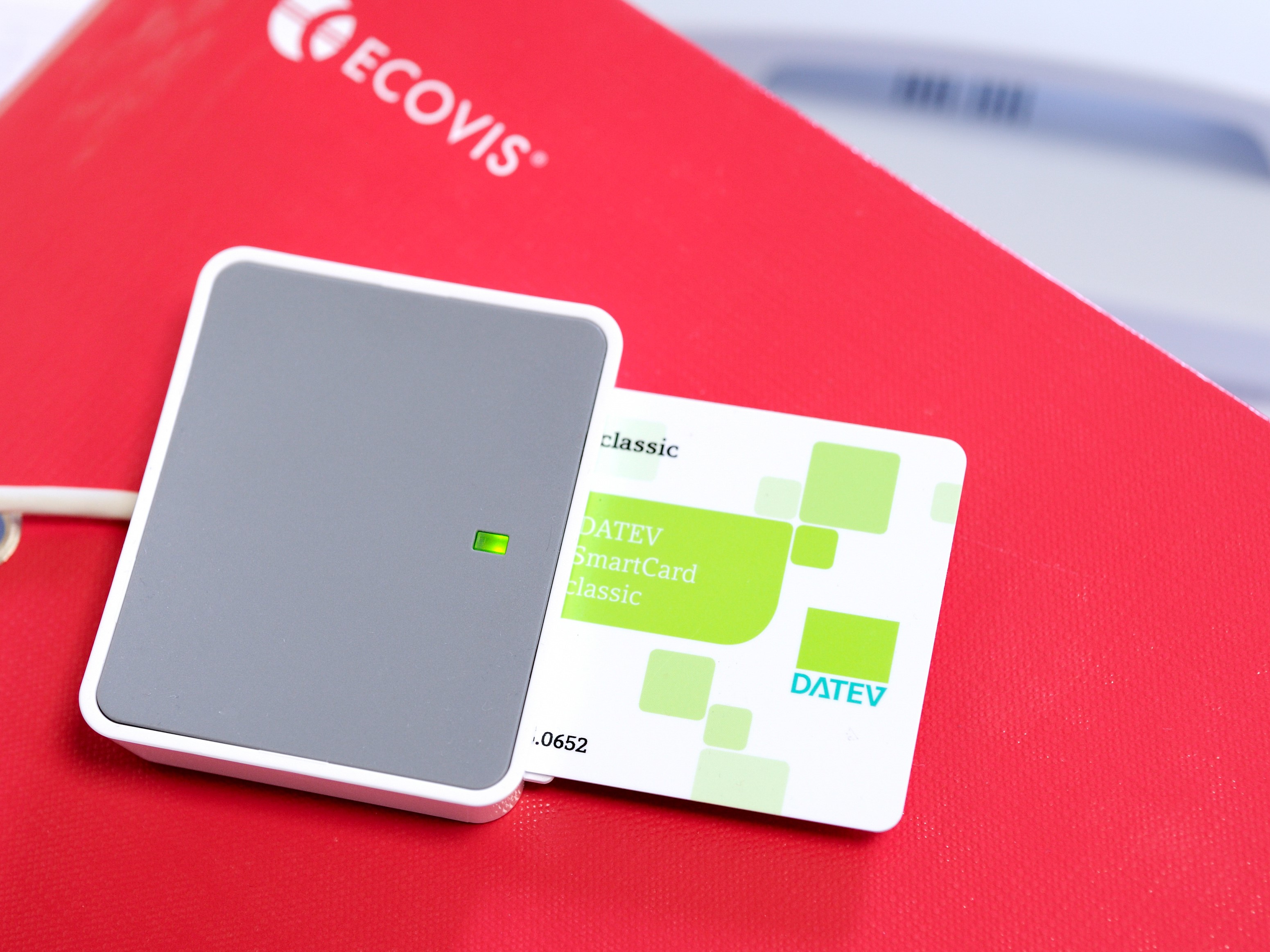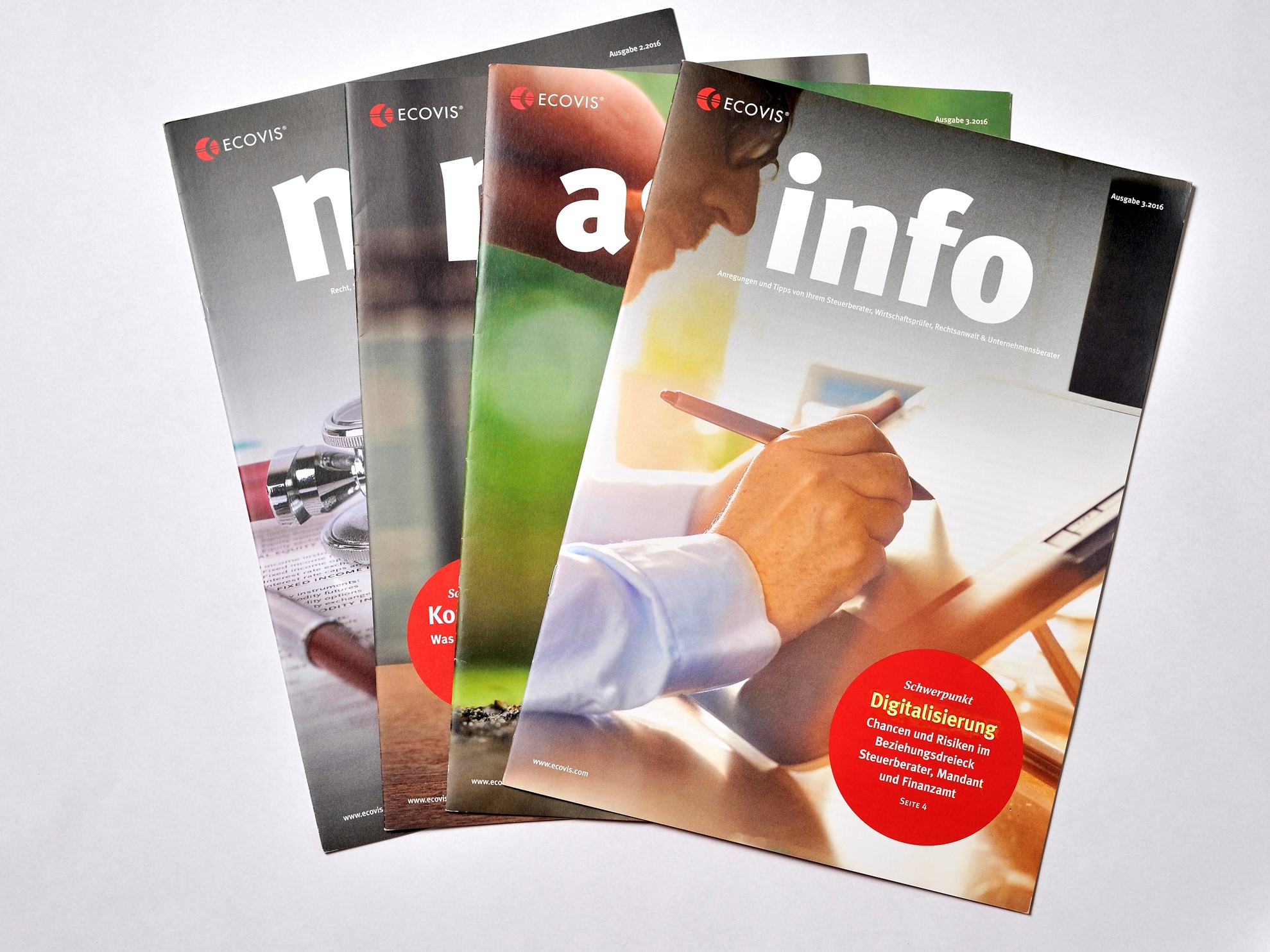31.8.2018, Prague
Center of main interest (COMI) - international jurisdiction in cross-border insolvency proceedings in the EU and ways of resolving bankruptcy in the Czech Republic
1. International jurisdiction of the courts in cross-border insolvency proceedings under European Union law
The jurisdiction of the courts for insolvency proceedings with a European international element [1] is regulated by Regulation 2015/848 of the European Parliament and of the Council (Insolvency Procedure) of 20 May 2015 (hereafter "the Regulation"), which is directly effective in all countries of the European Union excluding Denmark.
Article 3 (1) of the Regulation provides that the court of a Member State of the EU in which the principal interests of the debtor are concentrated is the authority responsible for initiating insolvency proceedings. Center of Main Interests ("COMI") is designated as the place where the debtor regularly manages his interests and is identifiable by third parties (especially his creditors).
The condition to make the debtor COMI "detectable by third parties" then explains Recital 28 of the Regulation in such a way that: "When determining whether the principal interests of the debtor are centered on third parties, particular attention should be paid to creditors and their views on where the debtor manages his interests. In the event of a change in the place where the principal interests of the debtor are centered, it may require the creditors to be informed in a timely manner of the new venue where the debtor carries on his business, for example, by alerting him to change the address in his business correspondence or by publishing another place in another appropriate manner.
The following rebuttable presumptions apply to the designation of COMI:
(i) in the case of a legal person, its registered office is deemed to have its registered office if, within three months prior to the filing of the insolvency petition, its registered office has not been transferred to another EU Member State;
(ii) in the case of a self-employed principal head of business [2], if his main place of business has not been transferred to another EU Member State within 3 months of the filing of the insolvency petition; and
(iii) in the case of other natural persons rather than their habitual residence [3], if they did not move their habitual residence to another EU Member State within 6 months of filing the insolvency claim.
Each of the above assumptions can be disproved by submitting relevant evidence proving the location of the debtor's COMI in another EU member state.
Article 3 (2) of the Regulation then provides for an exception that insolvency proceedings may also be opened by a court of another EU Member State, but only if the debtor has an establishment in the territory of that Member State. The effects of such proceedings are then limited to assets located within the territory of such an EU Member State.
If none of the above assumptions is fulfilled, the insolvency court against which the insolvency proceedings have been instituted must examine whether it is competent to conduct such insolvency proceedings within the meaning of the Regulation, ie whether the debtor in the EU Member State has its COMI, on the day the insolvency proposal was filed.
The Regulation also establishes a review mechanism whereby the court which has been the subject of an insolvency proceeding with a European international element is obliged, on its own initiative, ie without the creditor or debtor, to review its jurisdiction under the Regulation. In the decision to initiate the insolvency proceedings, it must then state whether the insolvency proceedings of the debtor are competent and state the reasons on which it bases its jurisdiction under the Regulation. Therefore, it is reasonable to expect that even the insolvency court itself will (of course) be interested in where the debtor has its COMI. This may in some cases consist, for example, in determining the place of actual residence of the debtor and his family, the location of the debtor's place of work, the presentation of statements of debtor bank accounts, lease agreements, documents on the reimbursement of energy costs and services related to rent, this in relation to the EU Member State in which the debtor claims to have COMI.
The debtor, but also any of the creditors, may appeal the court's decision to initiate insolvency proceedings with a European international element for lack of jurisdiction, respectively. that the debtor does not have his COMI in the territory of that state.
If the insolvency court with which an insolvency petition has been established finds that the debtor has no COMI in that State, he should stop the insolvency proceedings because of his lack of jurisdiction. For example, if the insolvency proceedings against the debtor were initiated in Germany, but the debtor would have his COMI in Austria, the German court would have to declare itself inappropriate, and the German insolvency proceedings against the debtor would be stopped; this is without prejudice to the right of the insolvency petitioner to subsequently file an insolvency claim against the debtor at an Austrian insolvency court.
In view of the above, therefore, we believe that it is essential to consider the debtor's COMI in particular as follows:
- where the debtor's family is located,
- whether the debtor is supported by members of his family from abroad,
- from where the borrower actually manages his activities, especially where he takes key decisions, where his leadership, where his management is located, etc.,
- where the debtor carries out a substantial part of his gainful activity, whether as an employee or entrepreneur,
- where the debtor's legal or financial adviser is located,
- whether the debtor of the transfer of COMI informed his creditors,
- where the debtor's creditors and his assets are located,
- where the debtor leads court and other proceedings,
- where the contact address of the debtor is located and with which operator (in which country) the debtor's telephone number is registered, as listed in the local lists or on the website, which the borrower usually uses,
- whether the debtor is the holder of the country's passport,
- whether the debtor in the country is entitled to vote,
- where the debtor pays taxes, respectively. where he has a tax domicile,
- whether, how often and for how long the borrower travels from a given country abroad.
After evaluating the above factors, it is then possible to determine the debtor COMI, ie. in principle, an EU Member State to which the debtor has the closest relationship - where he has his habitual residence. In order to determine COMI, however, the decisive subjective intention of the debtor will not be the objective view of the non-person and creditors of the debtor from whom the debtor manages his affairs.
The debtor is entitled to change his COMI even before filing an insolvency petition. We believe that such a change to COMI must be real, it must not be purposeful in order to harm the creditor, and the debtor will have to prove it to the insolvency court where the insolvency proceedings will be opened against him (eg by submitting an affidavit on the placement of COMI, , rental contracts, proof of energy and leased services, statements from bank accounts, documents informing creditors about the change of COMI, etc.), one of the most important factors for such a change in COMI will be whether the debtor of the change to COMI has previously informed creditor. The change of domicile, domicile or place of employment of the debtor itself does not necessarily imply a change to the debtor COMI within the meaning of the Regulation. Insolvency courts investigate COMI in each individual case.
Please note that the apparently purposeful change to COMI, such as delaying the opening of insolvency proceedings, substantially limiting the rights of creditors, etc., may be considered by the insolvency court as an abuse of rights by the debtor, and the insolvency court may not even take it into account.
2. Ways of solving bankruptcy in the Czech Republic
The Czech Insolvency Law is governed by Act No. 182/2006 Coll., The Insolvency Act, as amended (hereinafter referred to as the "Insolvency Act"), which defines three basic ways of solving the bankruptcy of the debtor: (i) bankruptcy, (ii) reorganization and (iii) debt relief
.
In this context, we would like to point out in advance that the rate of satisfaction of receivables of secured creditors is about 30% to 40% in insolvency proceedings conducted in the Czech Republic, and unsecured creditors, usually the majority of them, about 5% to 12% depending on how bankruptcy is settled. [5]
2.1 Bankruptcy
Under insolvency law, the debtor may be in bankruptcy - default or bankruptcy - over-indebtedness.
The debtor is in bankruptcy - insolvency if he / she has (i) more than one creditor, (ii) cash liabilities for more than 30 days after maturity, and (iii) the liabilities are not capable of performing.
To determine when a debtor is unable to meet his obligations, the Insolvency Act sets out the following rebuttable presumptions, and it is sufficient if at least one of them is fulfilled: (i) the debtor has stopped payments of a substantial part of his pecuniary obligations; (ii) (iii) it is not possible to obtain satisfaction of any of the monetary claims due to the debtor by the execution of the decision or the execution; or (iv) has failed to fulfill the obligation imposed on him by the insolvency court and to submit a list of his assets including his receivables with indication of his debtors , a list of its commitments, including its creditors and a list of its employees.
The debtor who is the businessman and who keeps the accounts may refute the presumption of his bankruptcy by submitting documents proving the sufficient amount of his available funds.
(Ii) has more than one creditor and (iii) the aggregate of its liabilities exceeds the value of its assets, taking into account the further management of the debtor's assets and the further operation of his business .
If it can reasonably be assumed that the borrower will not be able to meet a substantial portion of his / her financial liabilities in the future in a timely and timely manner, he / she is in imminent bankruptcy that allows him / her to deal with his / her bad financial situation before he / the creditor may lodge an insolvency petition.
The insolvency proposal is in principle entitled to be filed by the debtor or his creditor, regardless of whether he is a secured [6] or unsecured [7] creditor. With regard to impending bankruptcy, the debtor may file a petition.
The insolvency court examines the insolvency petition and, if it finds that the debtor is actually in bankruptcy after taking evidence, it shall issue a bankruptcy order. However, if the insolvency claim is submitted by the debtor itself, the bankruptcy of such a debtor is already proved in the data in his insolvency proposal and its annexes.
From the moment the notice of initiation of insolvency proceedings is published, the debtor is limited in dealing with his property under penalty of ineffectiveness of his dispositions with property. Another limitation of the treatment of the debtor's assets occurs after the debtor's bankruptcy has been decided.
2.2 Obligation of the debtor to file an insolvency petition
The obligation to sue is only a debtor who is a legal person or a natural person of an entrepreneur, without undue delay after learning or with due diligence to learn about his bankruptcy. This obligation is also prosecuted by the statutory body of the debtor in bankruptcy and his liquidator.
In the event of a breach of the obligation to file an insolvency petition, the liable party shall be responsible to the creditor for damage or other damage consisting in the difference between the insolvency proceedings ascertained by the amount of the claim filed by the creditor for satisfaction and the amount actually received by the creditor in the insolvency proceedings.
In certain circumstances, the liable entity may be relieved of the obligation to compensate the creditor for damage or other damage.
2.3 Moratorium
A moratorium is the temporary protection of the debtor from the creditor in order to overcome his bad economic situation or bankruptcy or negotiate with the creditors to restructure his debts. The moratorium may be requested by the debtor who is the entrepreneur. The moratorium declares the insolvency court for a maximum of 3 months, and the duration of the moratorium may be extended by up to 30 days at the proposal of the debtor and after meeting other conditions.
The mandatory annex to the proposal for a moratorium is, inter alia, a written declaration by the majority of the debtor's creditors, calculated according to the amount of their claims, to agree to the moratorium; signature of creditors must be officially verified.
For the duration of the moratorium, the bankruptcy of the debtor can not be declared and will take effect as in the opening of insolvency proceedings. The debtor is also limited in dealing with the property (with his property).
2.4 Bancruptcy
Conversion is a liquidation way of settling the debtor's bankruptcy, consisting in the fact that the established receivables of its creditors are fundamentally relatively satisfied with the proceeds of the monetization of the debtor's assets, with the fact that the unsatisfied receivables of the creditors or their parts do not cease due to the bankruptcy. In bankruptcy, an insolvency administrator is appointed by the insolvency court, which deals with the debtor's property (the debtor is no longer entitled to dispose of the property) and gradually pays it to the debtor creditors.
Mortgages in essence mean transferring all debtor's assets to money to satisfy borrowers. Property may be monetised by, for example, (i) by selling in a public auction, (ii) by selling movable and immovable property under the provisions on the enforcement of the decision, (iii) by selling the property outside the auction, or (iv) by an auction by an executor.
All creditors who filed their claims for insolvency proceedings within a timeframe determined by the insolvency court (usually 2 months after the bankruptcy decree) and these receivables have been identified are included in the schedule according to which they are satisfied in proportion to their amount. If the property is not sufficient to satisfy all creditors, the Insolvency Act sets out the order of priority claims (eg insolvency administrator's fees, insolvency proceedings, etc.).
Outside this schedule, creditors are satisfied with (i) claims on assets and claims on their behalf (eg claims by employees on behalf of the employer to pay the salary) and, as a rule, (ii) hedging of creditors (from the proceeds of revaluation of the subject of reinsurance - the debtor's property which is suspended for the benefit of the lender).
2.5 Reorganization
Reorganization is a remedial way to resolve the debtor's bankruptcy, where the debtor can continue to develop his business but only within the limits of the so-called reorganization plan approved by the creditor and the insolvency court. The reorganization monitors the recovery of the debtor's business and arranges mutual relations between the borrower and his creditors.
The reorganization is considered only for entrepreneurs who (i) are not in liquidation, (ii) they are not an investment firm or a person authorized to trade on a commodity exchange, (iii) operate an enterprise, and (iv) whose total annual net turnover was the period prior to submitting the insolvency proposal at least 50 million crowns or employ at least 50 employees in the employment relationship.
Without a condition of net annual turnover or number of employees, the reorganization is admissible if the debtor submits to the insolvency court, at the latest in the bankruptcy judgment, a reorganization plan adopted by at least half of all its secured creditors, calculated according to the amount of their receivables and half of all its unsecured creditors calculated according to their receivables.
An application for reorganization may be filed by the debtor or the creditor. If, in the circumstances, it is reasonable to assume that such a proposal is being pursued by a dishonest intention, the insolvency court will reject it.
The reorganization plan is a document defining the legal status of the obligor vis-à-vis its creditors, which provides one or more, unless mutually exclusive, for reorganization. The way of reorganization is to postpone the maturity of a part of the debt, to waive a part of the debt, to continue the operation of the company at the same time as adopting remedial measures, securing external financing, merging with another company, issuing part of the debtor assets to creditors, The reorganization plan regulates the debtor's legal status towards its creditors in a comprehensive manner. The reorganization plan also has effects on creditors who have not entered the insolvency proceedings, even though they have to do so; their receivables will usually disappear as a result of the reorganization plan's effectiveness.
Creditors have the right during the reorganization to control the debtor's implementation of the reorganization plan.
The debtor has the right to set up the reorganization plan. The reorganization plan must be submitted within 120 days of the decision to authorize reorganization, unless the insolvency court extends this period for a maximum of 240 days after the decision to authorize the reorganization.
Adoption of the reorganization plan is voted by creditors (according to the amount of their receivables) as they are divided into groups with the aim of grouping creditors with essentially the same economic status and interests (eg bank creditors form one group, creditors out of normal business liabilities form a separate group, etc.). Subsequently, the reorganization plan is approved by the insolvency court, which can approve it even though it was not approved by a group of creditors.
2.6 Debugging
Debt relief is a way of resolving bankruptcy by consolidating the debtor's debt so that collateral creditors are satisfied only by the monetization (sale) of the collateral item (eg the pledged property in which the borrower resides) and the uninsured creditors were satisfied with the monetization of the unsecured debtor's assets; gradually in installments within the repayment schedule, which the debtor will pay for the next 5 years. The surety creditor decides on the sale of the subject of collateral irrespective of the manner of execution of the debts.
If the debtor is able to pay at least 30% of his debts to his unsecured creditors, he is released from the rest of the debt, even from debts that have not been lodged with insolvency proceedings within the time limit set by the insolvency court (typically within 30 days of bankruptcy decree) (with the exception of certain property sanctions and certain claims of creditors for damages). The debtor may, however, be exempt from defaulting debt to his unsecured creditors even though he fails to meet 30% of his debts during the insolvency proceedings, on his proposal and on the basis of a bankruptcy court decision that will consider why the unsatisfied creditors have not satisfied the required satisfaction. The debt relief institute aims to motivate the borrower to actively fulfill at least part of its financial obligations and, if it fulfills this part, offers an exemption from the remaining debts.
Debtor's bankruptcy resolution is permissible for a debtor who (i) is a legal person and not an entrepreneur [8] and has no business debts, or (ii) is a natural person who does not have business debts.
Please note that the insolvency law does not specify the term business debt. Deductibility is based on the principle that a debtor - an entrepreneur who wishes to defer, should not be relieved to transfer his entrepreneurial risk to the lender, and therefore, after the expiration of the debt, be fully exempted from the payment of business debts. However, if the borrower should be able to satisfy 100% of unsecured business debts, such debts should not be an obstacle to allowing his debts. [9]
According to settled case law, business debts are generally understood to include debts from the business of a person other than the debtor that the borrower voluntarily assumed. [10] However, it is still questionable whether business debts can also be considered as debts from the business of another that the borrower voluntarily assumed on the basis of a guarantor's statement, although recent decision-making practice tends to conclude that it is not a business debt that would prevented debt relief. [11] However, for business debts, the courts consider, for example, the debts of a company for which the debtor was personally guaranteed before the commencement of the insolvency proceedings, and the debtor is the only agent and partner. [12] In the event of a dispute, therefore, the courts will examine the nature and the nature of the debts in the light of the circumstances of the case, in particular in relation to the debtor's guarantor's statement, which guarantees that the debts of the joint venture he has controlled.
Business debts that their creditors did not properly enter into the insolvency proceedings in which the debt relief is decided and therefore can not be satisfied in this proceeding should not be considered as an obstacle to the authorization of redundancy. [13]
Business debts, however, do not prevent the debtor from being solved by the debtor if the creditor concerned agrees to do so, or if he does not express his opinion within the set time limit, if such debts have not been satisfied after the previous insolvency proceedings have been terminated after the bankruptcy has been canceled or if the secured creditor is a claim.
Only a debtor who is represented by a qualified person (eg a lawyer, notary, insolvency trustee, accredited person) is entitled to file a proposal for authorization of debt relief. The draft debtor must attach (i) a list of assets, a list of liabilities and, (iii) the written consent of the unsecured creditor if the borrower has agreed with the debtor that the value of the consideration he receives upon deduction will be less than 30% of his receivable.
The insolvency court rejects the petition if it is pursued by a dishonest intention, or if the value of the settlement that would be deducted by the unsecured creditors was less than 30% of their receivables (unless less satisfactory than the unsecured creditors agree). There are no minimum limits for the benefits received by creditors.
Defects can be executed in three ways: (i) debt relief by monetization of the debtor's assets, (ii) debt relief by filling in the repayment schedule, or (iii) a combination of the two above-mentioned methods. However, the latter is subject to the insolvency administrator's proposal and the debtor's consent.
In case of debt relief, the proceeds of the estate are proceeding in the same way as in the case of the estate's estate. The purpose of debt relief is therefore to monetize unsecured debtor's assets, except for the assets excluded from upkeep [14], and to distribute the proceeds of that monetization among their unsecured creditors. The assets of the debtor include, in particular, property acquired by the borrower prior to the approval of the debtor's insolvency proceedings, including assets acquired prior to the commencement of the insolvency proceedings.
Debt relief by filling in the repayment schedule obliges the debtor to repay the amount for which the amount is calculated on the basis of legal regulations for a maximum of 5 years to unsecured creditors from his income. This is a statutory monthly payment, which varies in time according to the amount of the borrower's income and which is spread out among the unsecured creditors according to the proportion of their claims as determined by the insolvency court. Therefore, the borrower will leave his income every month only the necessary part to satisfy his or her basic life needs and the basic life strings of his family. The borrower may apply for a monthly repayment less than the statutory one if he / she is able to satisfy at least 50% of the claims of his unsecured creditors. As part of debt relief, the repayment schedule does not sell the debtor's assets that the borrower acquired before the insolvency proceedings and which is not secured.
For the duration of debt relief by fulfilling the repayment schedule, the debtor is first and foremost obliged to carry out a reasonable gainful activity or gain income, to endeavor to acquire the values acquired by the inheritance or gift to the insolvency trustee, not to retain any of its receipts and to accept new obligations which could not be fulfilled at maturity.
For more information, please contact:
JUDr. Mojmír Ježek, Ph.D.
Senior lawyer and bankruptcy trustee
ECOVIS ježek, advokátní kancelář s.r.o.
Betlémské nám. 6
110 00 Prague 1
e-mail: mojmir.jezek@ecovislegal.cz
www.ecovislegal.cz/en
About ECOVIS ježek advokátní kancelář s.r.o.
The Czech law office in Prague ECOVIS ježek practices mainly in the area of Czech commercial law, Czech real estate law, representation at Czech courts, administrative bodies and arbitration courts, as well as Czech finance and banking law, and provides full-fledged advice in all areas, making it a suitable alternative for clients of international law offices. The international dimension of the Czech legal services provided is ensured through past experience and through co-operation with leading legal offices in most European countries, the US, and other jurisdictions. The Czech lawyers of the ECOVIS ježek team have many years of experience from leading international law offices and tax companies, in providing legal advice to multinational corporations, large Czech companies, but also to medium-sized companies and individual clients. For more information, go to www.ecovislegal.cz/en.
The information contained on this website is a legal advertisement. Do not consider anything on this website as legal advice and nothing on this website is an advocate-client relationship. Before discussing anything about what you read on these pages, arrange a legal consultation with us. Past results are not a guarantee of future results, and previous results do not indicate or predict future results. Each case is different and must be judged according to its own circumstances.
[1] According to Section 426 (2) of the Czech Insolvency Act, the European international element means, in particular, the fact that the main interests of the debtor are concentrated in one of the EU Member States and at the same time at least one of the creditors or part of the assets is located in another EU member state.
[2] The principal place of business is the place of the main economic interest of the person concerned in terms of earnings, usually the place where he / she manages the main gainful activity.
[3] Place of usual residence means a place which the person concerned has determined with a view to conferring a permanent character, has a permanent character, is the permanent or usual center of their interests. In this regard, account shall be taken in particular of the family situation, reason of removal, length and continuity of residence, employment and its intention as objectively as appears to the non-participating observer.
[4] Operations are any place where the borrower performs, or for three months before submitting a petition for commencement of insolvency proceedings in the State of COMI, not a temporary economic activity with the help of human resources and property.
[5] See also https://vskp.vse.cz/id/1346231.
[6] Secured creditor is a creditor whose claim is secured by the property belonging to the property (the debtor), only by pledge, by the right of detention, the restriction of the transfer of real estate, the transfer of the right of reassurance or the assignment of a receivable to the hedge or similar right under foreign law. Typically, this is a creditor who has a lien on the property owned by the borrower.
[7] Unsecured creditor is, in principle, any creditor other than a secured creditor.
[8] According to Czech law, the entrepreneur is the one who independently carries out on his own account and responsibility a business activity in a business or similar way with the intention of doing so systematically in order to make a profit. These are in particular persons registered in the Czech trade or trade register, but also persons performing the so-called liberal professions.
[9] See also the judgment of High Court in Prague No. 3 VSPH 838/2012-B-33.
[10] ERBSOVÁ, Hana. § 389 [Osoba oprávněná navrhnout oddlužení]. In: HÁSOVÁ, Jiřina, ERBSOVÁ, Hana, KUBÁLEK, Jan, MORAVEC, Tomáš, SMRČKA, Luboš, ŠMEJKAL, Viktor, TARANDA, Petr, ZAHRADNÍKOVÁ, Radka. Insolvenční zákon. 3. vydání. Praha: Nakladatelství C. H. Beck, 2018, s. 1376. ISBN 978-80-7400-691-3.)
[11] See also the decision of the Supreme court of the Czech republic No. 29 NSČR 9/2009.
[12] See the decision of the High court in Prague, No. KSUL 70 INS 3940/2008, 1 VSPH 273/2008-A-20, from 15th December 2008.
[13] See also the decision of the Supreme court of the Czech republic No. 29 NSČR 20/2011.
[14] These are mainly common garments, customary household equipment, wedding ring and other items of a similar nature, medical necessities and other things the borrower needs due to his illness or physical defect, the cash to the amount corresponding to twice the subsistence level of the individual under a special legal regulation , which now amounts to CZK 6,280 for individuals. If the debtor is an entrepreneur, the execution can not concern those things in his possession that he absolutely necessarily needs to carry out his business.
This article has been translated by Google translation.
[/mp_span] [/mp_row]














